New paint is peeling in newly renovated bathroom!
Jen K.
12 years ago
Related Stories
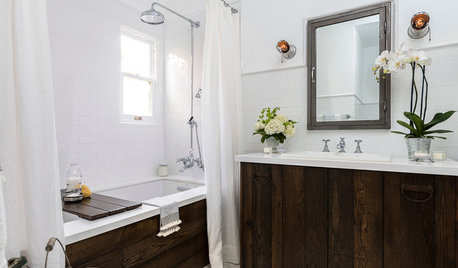
BEFORE AND AFTERSOld Hollywood Style for a Newly Redone Los Angeles Bath
An ‘NCIS’ actor gives her 1920s classic bungalow’s bathroom a glam retro makeover
Full Story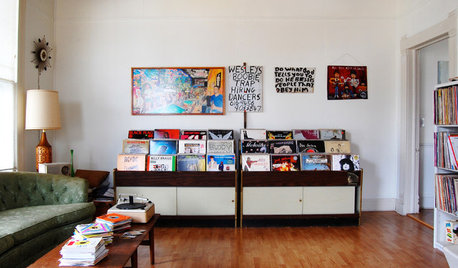
HOUZZ TOURSMy Houzz: Peeling Back Layers in a 1908 Home
Hidden fireplaces, buried hardwood and covered beadboard resurface thanks to a Mississippi couple's DIY efforts
Full Story
Houzz Call: Show Us Your Paint Makeovers
Let your newly repainted house or room do the "How d'ya like me now?" strut right here — it might just be featured in an upcoming ideabook
Full Story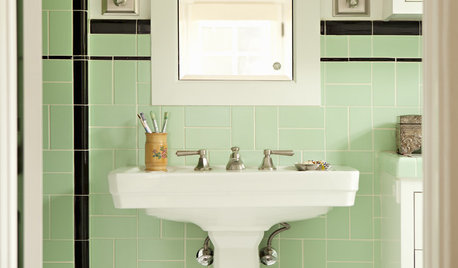
BATHROOM DESIGN9 Surprising Considerations for a Bathroom Remodel
Don't even pick up a paint chip before you take these bathroom remodel aspects into account
Full Story
MOST POPULARFrom the Pros: How to Paint Kitchen Cabinets
Want a major new look for your kitchen or bathroom cabinets on a DIY budget? Don't pick up a paintbrush until you read this
Full Story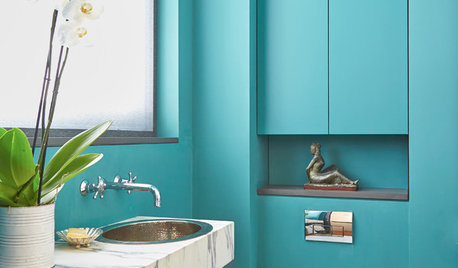
BLUE9 Beautiful Blues for Bathrooms
From soft sky to bold tropical aqua, see why this hue is making waves in bathrooms
Full Story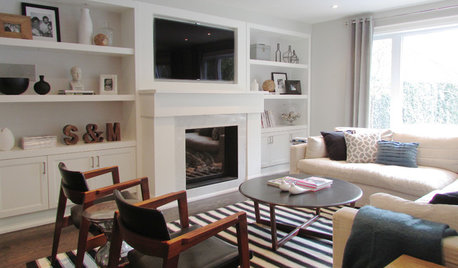
HOUZZ TOURSMy Houzz: Rising to the Renovation Challenge in Toronto
An eye for potential and substantial remodeling lead to a chic and comfortable home for a Canadian family
Full Story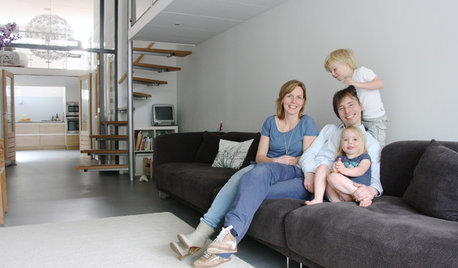
REMODELING GUIDESHow to Protect (Even Enhance!) Your Relationship While Renovating
No home improvement project is worth a broken heart. Keep your togetherness during a remodel with this wise advice
Full Story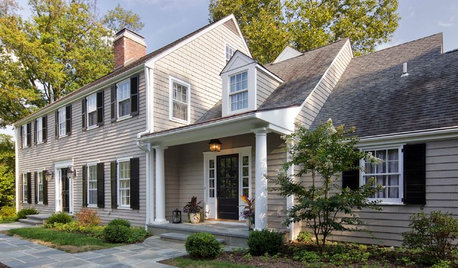
HOUZZ TOURSHouzz Tour: Renovations Modernize a 1970s New Jersey Colonial
Better access to a great yard, an opened-up interior and family-friendly features improved this home for a Princeton family
Full Story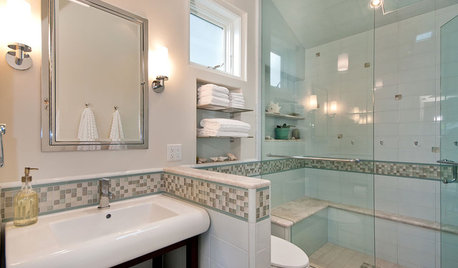
BATHROOM DESIGN6 Elements of a Perfect Bathroom Paint Job
High-quality paint alone won't cut it. For the best-looking painted bathroom walls, you'll need to get these other details right
Full Story






Jen K.Original Author
User
Related Professionals
Brownsville Kitchen & Bathroom Designers · Grafton Kitchen & Bathroom Designers · Philadelphia Kitchen & Bathroom Designers · Grain Valley Kitchen & Bathroom Remodelers · Hickory Kitchen & Bathroom Remodelers · Spokane Kitchen & Bathroom Remodelers · Fort Myers Glass & Shower Door Dealers · Newtown Square Glass & Shower Door Dealers · Billings Cabinets & Cabinetry · Radnor Cabinets & Cabinetry · Sunset Cabinets & Cabinetry · Oak Park Window Treatments · Palm Beach Gardens Window Treatments · Salt Lake City Window Treatments · Shiloh Window TreatmentsUser